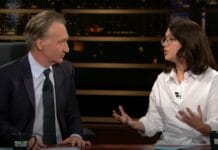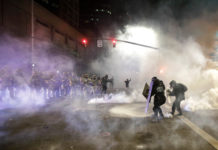On Tuesday, May 26, we woke up to find a video circulating of a Minneapolis Police officer named Derek Chauvin kneeling on the neck of a man, choking him to death while onlookers begged him to stop and three other officers stood by and did nothing.
The process of mourning George Floyd’s death has sparked a permanent, generational change to the mainstream view of policing in America.
When I ran for the Minneapolis City Council in 2017, I knew that the Police Department had a decades-long history of violence and discrimination. I ran on a platform of police reform informed by my experience seeing police persistently harass young black canvassers that I worked with as a community organizer, and by the police shooting of Jamar Clark in 2015, which prompted weeks of protest outside the fourth precinct. In 2017, the police shooting of Justine Damond further cemented accountability as a central theme of that campaign year.
In my first two years on the Council, several factors have reinforced the context for reform. Minneapolis Police officers shot and killed four more people—Thurman Blevins, Travis Jordan, Mario Benjamin, and Chiasher Fong Vue—and were caught in a bodycam audit asking EMTs to sedate suspects and others with ketamine. The Police Federation refused to comply with a department ban on “warrior training” and took an intentionally divisive on-stage role at a Trump rally.
I have been surprised, then, by how difficult and controversial it has been to pass the relatively small budget changes that we have made, which have not even cut their budget but merely redirected some proposed increases to fund a new Office of Violence Prevention. Other programmatic proposals to change the way we police have been met with stiff institutional resistance.
The weight of that history was especially heavy when we learned of George Floyd’s murder. The accumulated grief and anger from years of police violence was brought to the surface, and thousands of people abandoned social distancing to take to the streets and demand justice. Minneapolis Police had an opportunity to distance themselves from Derek Chauvin, to express sympathy, to be a calming presence. Instead, they deployed tear gas and rubber bullets, effectively escalating the situation from protest to pitched conflict. By the next day, it was clear that people on Lake Street were rallying for much more than the prosecution of four officers. They were demonstrating their anger at decades of harassment and racialized violence and calling for it to end.
Steve Fletcher – TIME – June 5, 2020.




